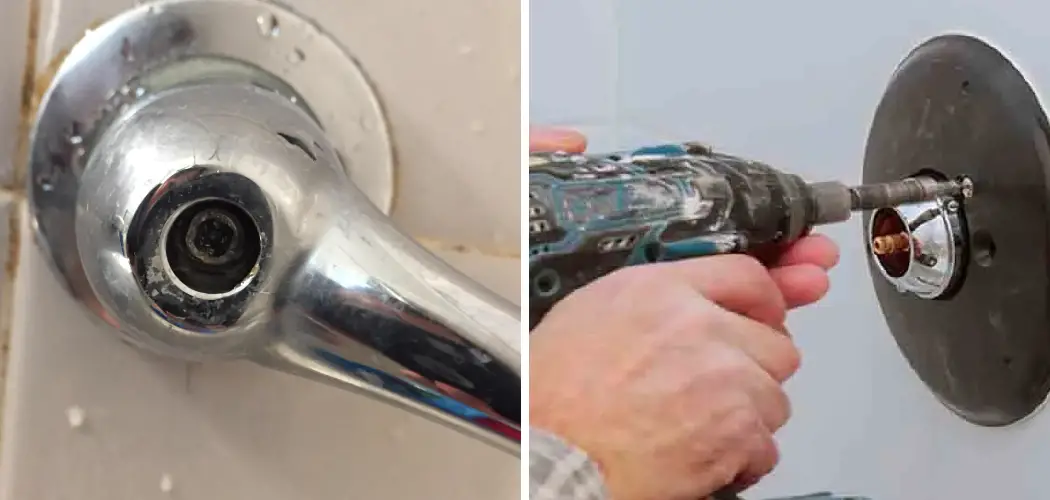Have you ever tried to remove a stripped screw from a bathtub faucet? It can be extremely frustrating and nearly impossible to do without the right tools. If you’re like most people, you probably use your bathtub faucet to adjust the water temperature when taking a bath or shower.
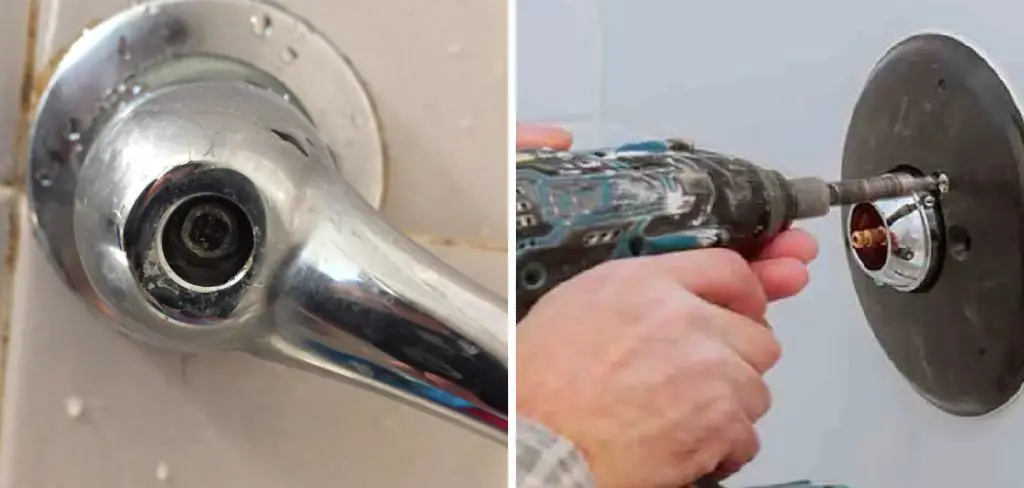
But what do you do if one of the screws on the faucet becomes stripped? In this blog post, we will show you how to remove a stripped screw from a bathtub faucet without causing any further damage. So whether you’re trying to fix a leaky faucet or just want to change the look of your bathroom, follow these simple steps, and you’ll be good to go!
Can I Use a Drill Bit to Remove a Stripped Screw?
The short answer is yes. Using a drill bit to remove a stripped screw from a bathtub faucet is one of the most popular methods among do-it-yourselfers. It will require a bit of patience and some specialized tools, but it can be done relatively quickly and easily.
First, you’ll need to locate the right type of drill bit for the job. You’ll want to use a diamond-coated or carbide-tipped bit that is designed specifically for this purpose. These bits are designed to cut through any material, including metal and plastic.
Next, you’ll need to carefully position the drill bit over the stripped screw and slowly drill into it. Be sure to go slowly, as too much pressure can actually cause the screw to break and/or damage your bathtub faucet. After you have drilled a hole in the stripped screw, you should be able to remove it with a pair of needle-nose pliers or a small flathead screwdriver.
10 Methods on How to Remove a Stripped Screw from a Bathtub Faucet
1. Use a Screwdriver
If the stripped screw is not too badly damaged, you may be able to remove it using a screwdriver. First, try to insert the tip of the screwdriver into the head of the screw. If the head is stripped, you may not be able to get the screwdriver to bite, but it’s worth a try.
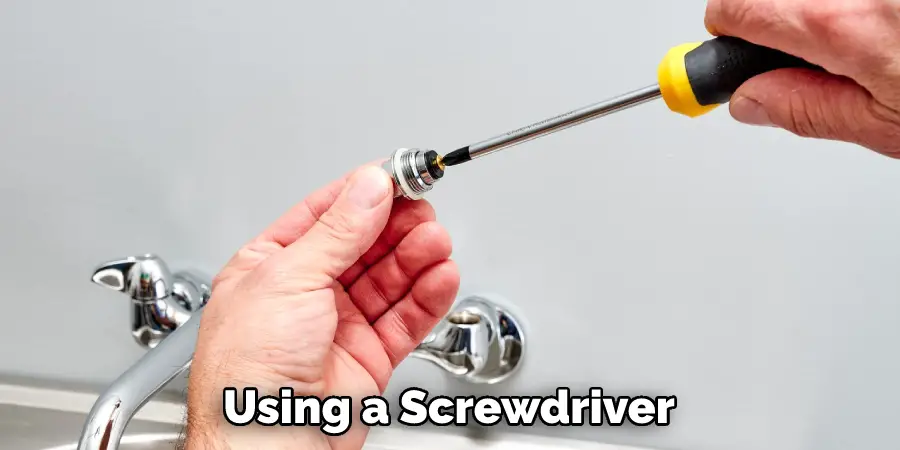
Once you have the screwdriver in place, turn it counterclockwise until the screw comes loose. However, if the head is completely stripped, you may need to use a specialized tool. Some screwdrivers have a specific tip for removing stripped screws.
2. Use a Drill
If you can’t get a screwdriver to bite into the head of the screw, your next best option is to use a drill. First, make sure that you have a drill bit that is slightly smaller than the diameter of the screw. Next, position the drill bit so that it is centered over the head of the screw.
Finally, turn on the drill and slowly lower the bit into the head of the screw. Keep going until the screw is removed. Try to avoid putting too much pressure on the drill, as it can cause damage to the surrounding material. Once the screw is removed, you can now remove it from the surface using a screwdriver.
3. Use Pliers
If you don’t have a drill or a screwdriver that will fit into the head of the stripped screw, you can try using pliers. First, position the jaws of the pliers so that they are directly over the head of the screw. Next, grip tightly and turn counterclockwise until the screw comes loose.
Although this method is not always successful, it can prove useful if the head of the screw is still intact. If you do manage to get the screw loose, make sure to replace it with a new one, as the threads may have been damaged by using pliers.
4. Use an Impact Driver
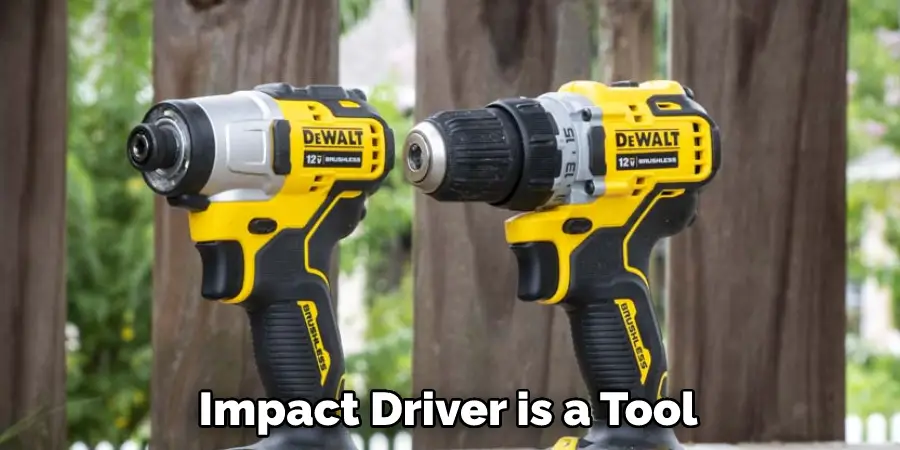
An impact driver is a tool that can be used to remove screws that are difficult to remove with traditional methods. An impact driver works by delivering a high-impact blow to the head of the screw, which breaks it loose from its threads.
Once the head of the screw has been broken loose, you can remove it using a drill or a screwdriver. While an impact driver can be an effective way to remove stubborn screws, it should only be used as a last resort because of the potential for damaging the screw head or surrounding materials.
5. Use Heat
Applying heat to a stripped screw can sometimes help to loosen it so that it can be removed. One way to apply heat to a stripped screw is to use an electric soldering iron.
Another way to apply heat is to use a propane torch. Simply hold the flame of the torch against the head of the stripped screw for 30 seconds or so before attempting to remove it with a drill or a screwdriver. If done correctly, the heat should be enough to loosen the screw and make it easier to remove.
6. Use Cold
Just as heat can sometimes help to loosen a stripped screw, cold can also be effective. One way to apply cold is to use an ice pack or another type of cold pack. Another way to apply cold is to put the bathtub faucet in your freezer for 30 minutes or so before attempting to remove the stripped screw.
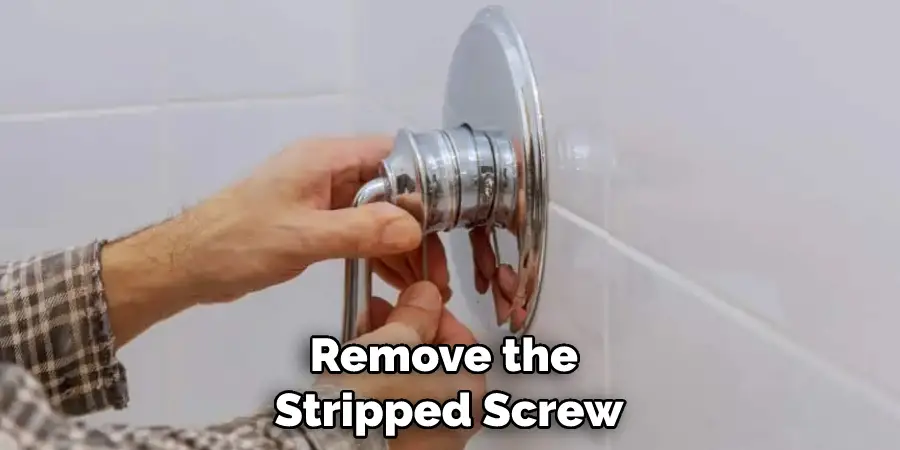
7. Use WD-40
Using WD-40 or another type of lubricant can help to loosen a stripped screw and make it easier to remove. Apply the lubricant liberally to the head of the screw and allow it time to penetrate into the threads.
Once it has had time to work, you should be able to easily remove the stripped screw with a drill or a screwdriver. Try to avoid using too much force when removing the stripped screw, as this could damage the surrounding material. If you are still having trouble getting the screw out, you may want to use a screw extractor or an easy out to remove it.
8. Use Vise Grips
Vise grips (or locking pliers) can sometimes be used to remove a stripped screw from a bathtub faucet. First, open up the jaws of the vise grips so that they are wide enough to fit around the head of the screwed. Then, close down on the head of the screw and turn counterclockwise until it comes loose.
9. Use a Screw Extractor
A screw extractor is a specialized tool that can be used to remove screws that have been stripped or damaged. To use a screw extractor, insert the tip of the extractor into the head of the screw and turn it clockwise. As you do this, the extractor will cut away at the head of the screw and loosen it so that it can be removed with pliers or another type of gripping tool.
10. Drill Into It
As a last resort, you may need to drill into the head of the stripped screw in order to remove it from your bathtub faucet. First, make sure that you use a drill bit that is slightly smaller in diameter than the head of the stripped screw. Then, position the drill bit so that it is centered over the head of the screw and begin drilling. Keep going until all of the threads have been removed from around the head of the screw. Then, it should easily come out with pliers or another type of gripping tool.
No matter what method you choose to use, be sure to take safety precautions and wear protective eyewear. Removing a stripped screw can be tricky, but by following these steps, you should be able to do it without too much difficulty.
Things to Consider When Removing a Stripped Screw from a Bathtub Faucet
1. Assess the Situation:
Before attempting to remove the stripped screw, assess whether it can be removed in its current state or if additional measures must be taken. Consider the type of screw that is stripped, the size of the head and shaft, and its depth in the material to determine which approach might work best.
2. Use a Screw Extractor:
When all else fails, use a screw extractor to remove a stripped screw from a bathtub faucet. A screw extractor is designed specifically for this purpose and can easily remove screws that are too tight or stripped.

3. Apply Heat:
Applying heat can help loosen up a stuck or rusty screw before attempting to unscrew it with any tool. This will make removing it much easier as you won’t have to fight against rust buildup.
4. Use Penetrating Oil:
Apply penetrating oil to the head of the screw and let it sit for a few hours. This will help break down any rust or corrosion that may be preventing the screw from coming out.
Conclusion
Although this may seem like a daunting task, removing a stripped screw from your bathtub faucet is relatively simple with the proper tools. By following the steps outlined in this blog post, you’ll have that old strip screw out in no time and be on your way to fixing that pesky leak.
Thanks for reading our blog post on how to remove a stripped screw from a bathtub faucet! We hope you found it helpful and informative.

